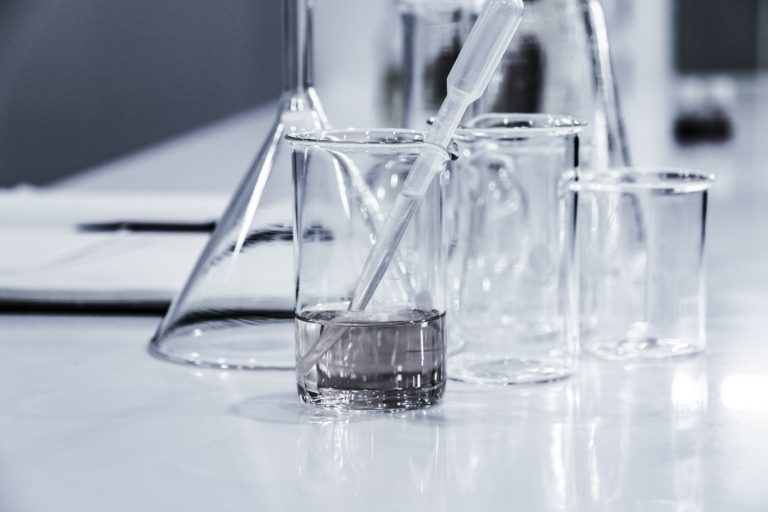How do you formulate your products?
Cosmetic formulation is the art of combining ingredients to create a formula that delivers the desired effect. The process begins with understanding the skin types and conditions to be treated. Ingredients are selected based on their activity and compatibility and then mixed in a process that ensures stability and efficacy.
This includes determining the type of base material (water, oil, or wax), how much water there should be, and whether it needs preservatives added. It also includes choosing any active ingredients such as vitamins or antioxidants; colours; fragrances; preservatives; emulsifiers; vitamins; antioxidants etc.
The most common methods of cosmetics formulation include:
Wet-grinding – Used for solid formulations such as lipsticks and foundations. It involves pulverizing solid ingredients using high-speed mixers or blenders until they are small enough to be incorporated into water or oil-based phases by emulsion. Wet-grinding can also be done at room temperature, which eliminates the need for heating equipment.
Cold process – This method uses heat only when needed (for example, when melting waxes). It allows for more natural preservation of some ingredients such as essential oils, which would otherwise be destroyed by heat treatment during conventional processing.
Hot process – This is the most common form of cosmetic processing and involves heating all ingredients together until they reach a homogenous mixture with no separation between phases or solids left floating on top of liquids. The advantage of this method is its speed; however, it can damage some sensitive ingredients like proteins or vitamins if heated too long at too high.
And the formulation process usually includes:
1.Ingredient Selection
The first step in any cosmetic formulation process is selecting the ingredients for your product. This step involves determining if those ingredients are available, what their properties are, and whether they meet your specifications for purity, quality, and cost-effectiveness. The ingredients must be safe for human use, but also compatible with each other and with the desired formulation. For example, oil and water do not mix, so if you want to make a cream that contains both oil and water, you need to add something called an emulsifier to keep them from separating.
There are two main approaches to selecting ingredients for your cosmetic products:
By using cosmetic ingredient manufacturers who will provide a range of standard formulations and pre-formulated base stocks that can be used as is or customized to suit specific requirements. This approach has the advantage of saving time and resources but can mean that you don’t have control over the quality or purity of your raw materials.
By developing your own formulations from scratch using raw materials that you can source yourself and with full control over their quality and purity. This approach requires more time, effort, and expertise but gives you greater flexibility over what can be produced, how it is made, and how much it costs to produce.
2.Formulation Development
Once you have selected your raw materials, it’s time to turn them into a formula that can be used in production. Cosmetic chemists use their knowledge of chemistry and biology to determine which ingredients should be used in combination with one another and how much of each ingredient should be added to achieve optimal results. This step is sometimes called “recipe development” or “formulation design.”
This may include:
Testing various amounts of each ingredient to determine the optimal concentration for maximum performance and stability.
Determining whether or not certain ingredients can be used together or if they will react with each other during storage or use.
Selecting the appropriate emulsifiers, preservatives, and other components needed for stability.
Formulation development can take anywhere from six months to several years. During this period, you may need to conduct multiple tests on different formulations before finding one that meets all of your requirements. As the process progresses, you will need to evaluate each batch of the finished product for quality control purposes.
3. Pilot Testing
Pilot testing is a process used by many cosmetic companies to verify the efficacy of their products and ensure that they will be successful once they go to market. A pilot test involves creating small batches of a product and testing them on consumers or others who will provide honest feedback about their experience with the product. This allows companies to determine whether adjustments need to be made before moving on to full-scale production.
In addition, it must undergo a series of tests before being approved for production. For example, an emulsifier might need to be tested under different pH conditions or against other emulsifiers to determine how effectively it will blend with other ingredients.
Endnote
Seny Beauty is the leading global supplier and strategic innovation partner to the color cosmetics and skincare industry. We have an unrivaled capacity to spot and predict beauty industry trends, paired with our best-in-class R&D skills and cosmetic manufacturing capabilities. If you want to have your own formulation one day, then we believe we are the ones who can bring you the unique formulation you dream of!



